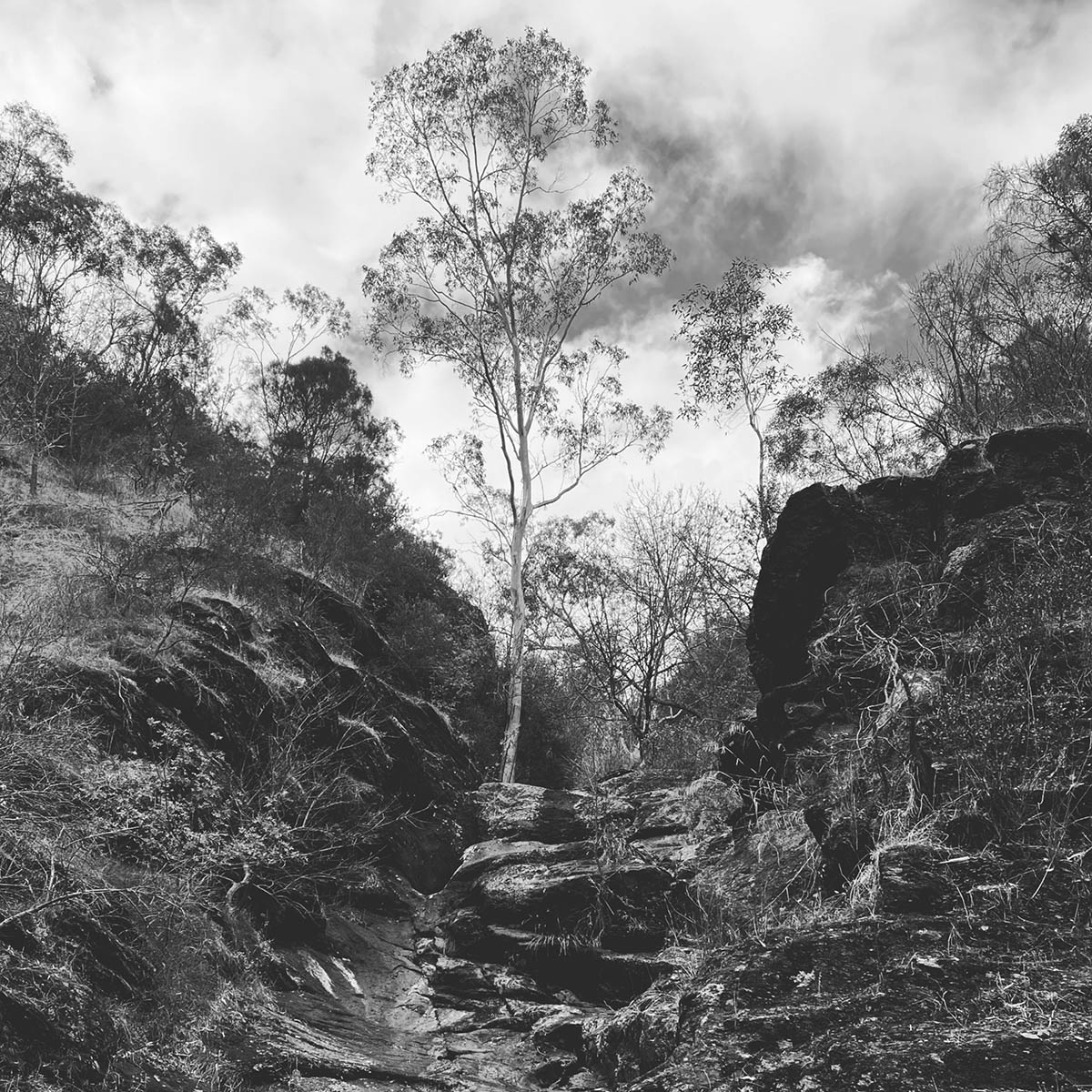Picturesque Ruins, the new album by Panoptique Electrical
Panoptique Electrical is the sound project of Jason Sweeney, based on Kaurna Country (Adelaide, Australia). A project where the modern classical is transformed into impressive drone and ambient through virtuoso electronic production.
The new album was released on January 14 via Midira Records, Germany. And probably the best description or, better, advice was given by the label itself: “Just take some time to listen and you will find yourself in a massive landscape of floating sounds”
I reached out to Jason Sweeney to speak about his project and his latest album.
If we look at Panoptique Electrical throughout the years – when was the project started? what were key turning points? and how extensive is the discography at the moment?
The project began in Melbourne in 2006 mostly as a way to consolidate the soundtrack work I’d been making for theatre and dance productions. My label at the time, Sensory Projects, collaborated with me to put together a collection of compositions I’d made from these productions up until that point called ‘Let the Darkness at You’. This was released in 2007 but essentially I’d always called my home recording studio ‘Panoptique Electrical’ way back to 1997, so the name had always been there. But the turning point was definitely that first album which seemed to gather listeners and gained some favourable reviews. Since then I’ve released 9 more full-length albums under this project name (there’s also been EPs and collections that are on my Bandcamp) another of which was released on Sensory Projects in 2009, but many of which have been released since on Greek label Sound in Silence. There’s also been quite a number of compilation appearances too and collaborations, such as Great Panoptique Winter with Richard Adams (Hood, The Declining Winter etc).
In terms of sound, what is the core of this project?
I always start with piano – in traditional ways as chord based music but also a source of texture and drone, using filters and large reverbs. But I also love to use samples as a base, many of which have been recordings of cello played by long-term collaborator Zoë Barry. So it always begins with acoustic instruments and moves into electronic production and layerings and manipulation of sounds.
What other instruments were used during the recording of the album?
Apart from what I’ve described of sampled and recorded strings, I did also incorporate various recordings and samples of cymbal rushes and percussion, as well as recorded clarinet. It’s the first album where I’ve opened up that instrument palette a little wider. Each time I create a new album I’m building my own little orchestral universe. The next album, for example, which I’ve already begun working on, features voices in a stronger way, in a choral sense.
How does the place where you live affect your music?
It really depends on where I’m living. As a renter I have to move a lot which means I’m never in one place too long and some records have also been written as part of artist residencies in studios. In the last 10 years I’ve been based on Kaurna Country (Adelaide in Australia) and do lots of long drives in the vast landscapes of this country, which is definitely inspiring. However a place doesn’t necessarily inspire the music. It’s generally the beginning of making a composition itself that creates the sonic landscape I want to make.
Picturesque Ruins, your latest album, contains five tracks. Would you say that one of them is especially meaningful to you? If so, could you tell us about the history behind it?
’Stay’, the final track on the album, is particularly special for me. It was the first to be written for the album and, for me, is that beacon of hope at the end of some darkness. It was written using recorded and sampled strings and woodwind instruments and my intention was to create something euphoric. I think of this track as a kind of opening of one’s eyes to the world, slowly but surely, finally realising that there’s light somewhere.
The album comes in an edition of 50 tangerine orange tapes. Why have you chosen this format?
This was the format chosen by Midira Records for this release and it excited me because it’s the first tape release I’ve done for Panoptique Electrical. Dimi (from Midira) and I discussed the colour choice and I really felt that colour was perfect as it was earthy and matched the visual imagery on the sleeve.
Do you have any particular plans for this project this or maybe next year?
As I mentioned, a new album has begun to be worked on which I’m hoping to extend into film elements. For years now I’ve wanted to make a long-form film for an album but it’s such a huge undertaking that it has never gotten off the ground being so costly and time-consuming. But this might be the one, or at least I hope it will be!
Picturesque Ruins
All tracks written, recorded, performed and produced by Jason Sweeney on stolen Kaurna Country
Cello samples sourced from recordings of Zoë Barry and Clara Grant. Zoë cello originally recorded by Jed Palmer
Mastered by Ania Stein
Cover art: Panoptique Electrical
Listen to Picturesque Ruins here:
https://midirarecords.bandcamp.com/album/picturesque-ruins
Limited tape available here:
https://www.midirarecords.com/release/md-093-panoptique-electrical-picturesque-ruins/

